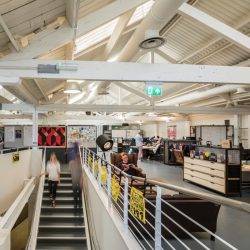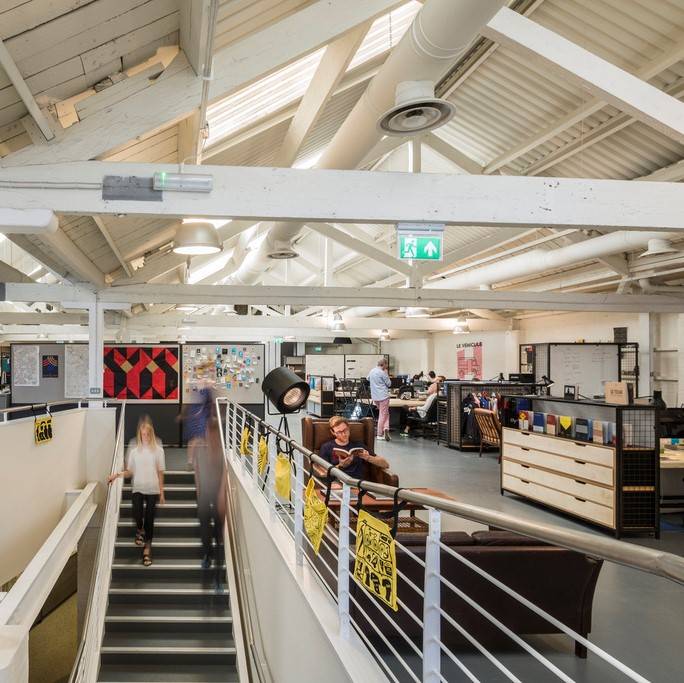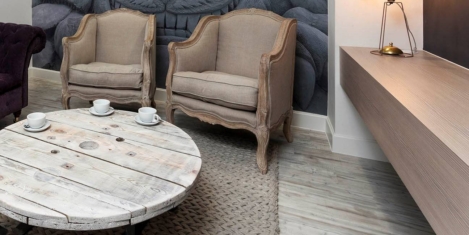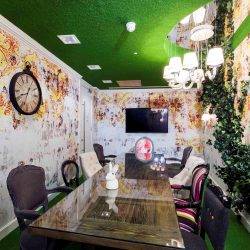February 5, 2018
Developing a cultured nose for what makes workplace design great
 Workplace people are at risk of obsessing about productivity. The idea of what is or is not effective and even the notion of wellbeing, has almost been done to death. We overthink stuff. As Neil Usher might say, there are a few bandwagons people are leaping on a little too eagerly. So, let’s keep it simple. Yes, we need a ‘space’ to work in (or just do stuff), but mostly we need a reason for using it in the first place. One thing most people agree on – even the media and flinty-eyed consultants – is that we need a motivation, a reason to do the things asked of us and a belief or intrinsic connection to do those ‘things’ well.
Workplace people are at risk of obsessing about productivity. The idea of what is or is not effective and even the notion of wellbeing, has almost been done to death. We overthink stuff. As Neil Usher might say, there are a few bandwagons people are leaping on a little too eagerly. So, let’s keep it simple. Yes, we need a ‘space’ to work in (or just do stuff), but mostly we need a reason for using it in the first place. One thing most people agree on – even the media and flinty-eyed consultants – is that we need a motivation, a reason to do the things asked of us and a belief or intrinsic connection to do those ‘things’ well.

























February 12, 2018
Luther, Marx, Engels and a nailed-on manifesto for workplace change
by Mark Eltringham • Comment, Facilities management, Workplace design
(more…)